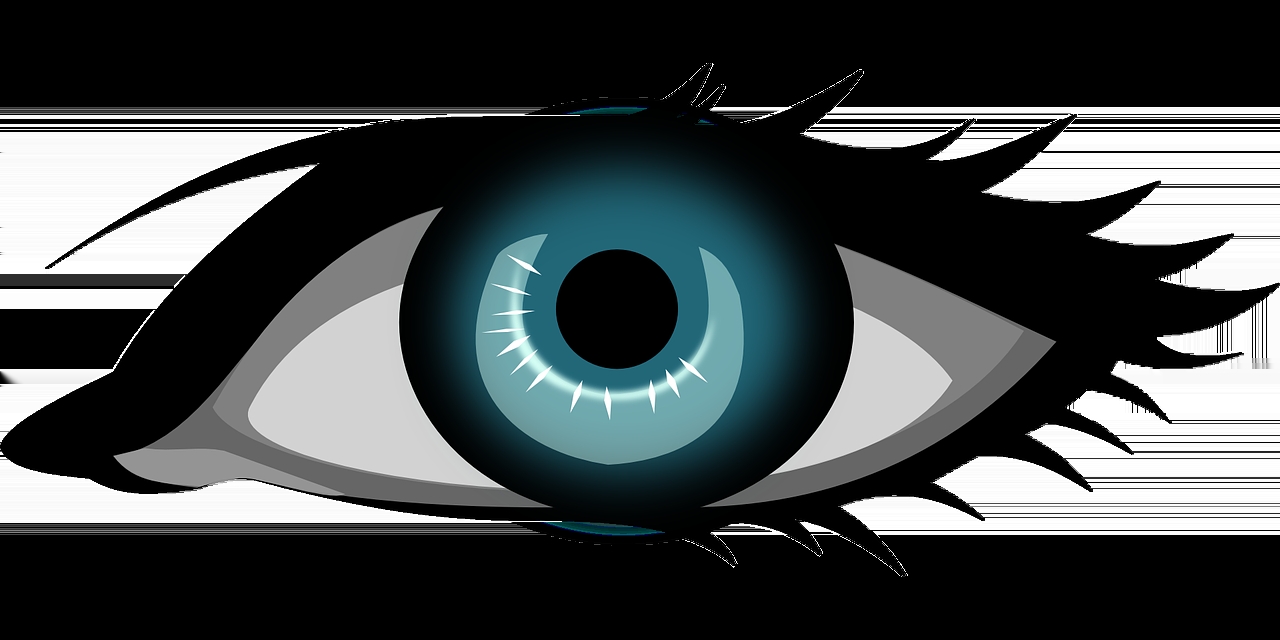We reach more than 65,000 registered users in Dec!! Register Now

Shape-changing device helps people with visual impairment perform location task
- January 09, 2025
- 2 Views
- 0 Likes
- 0 Comment
A groundbreaking navigation device can help people with visual impairment perform a location task as well as sighted people, new research shows.
Researchers from Imperial College London, working with the company MakeSense Technology and the charity Bravo Victor, have developed a shape-changing device called Shape that helps people with visual impairment navigate through haptic perception – the way people understand information about objects through touch. The device, which looks like a torch, bends to indicate where a person needs to move and straightens when the user is facing the correct direction.
In a study published in Nature Scientific Reports, researchers tested how well people with visual impairment were able to locate targets in a 3D virtual reality (VR) space using Shape and vibration feedback technology – which is commonly used to help visually impaired people navigate. Sighted individuals were also recruited for the study to locate the targets in the VR space using only their natural vision.
Dr Ad Spiers, lead researcher for the study, from Imperial’s Department of Electrical and Electronic Engineering, said: “The exciting thing about this study is we’ve managed to demonstrate that Shape can help people with visual impairment perform a navigation task as well as sighted people. This is something that we haven’t seen before with other navigation devices.
“Shape is unusual because it uses our ability to understand information through touch in a way that goes beyond vibration. Humans have an innate ability to feel and interpret shapes through our hands, with very little concentration. Exploiting this allows us to create a device that is simple to learn and isn’t tiring to use.”
The trial found that there was no significant difference in the performance between visually impaired participants using Shape and sighted participants using only natural vision. It also found that participants with visual impairment located targets significantly faster using Shape than with vibration technology. Feedback showed that participants with visual impairment preferred using Shape to vibration technology.
It is hoped that the device, which is believed to be the most advanced of its kind, could be the future of navigation technology for visual impairment, as the Shape device has notable advantages over current tools used to guide people with visual impairment.
Dr Robert Quinn, CEO of MakeSense Technology, said: “The impressive results from this study demonstrate the enormous potential of this technology to make life changing improvements in mobility for people with visual impairment.
“Building upon the research described in this paper, MakeSense is developing a blind wayfinding product which leverages the latest advancements in spatial artificial intelligence and computer vision without the need for interpretive training. We are aiming for our first product to be available from the end of 2025.”
Currently, individuals with visual impairment most commonly use aids such as white canes or guide dogs. While guide dogs are often effective, they require expensive expert training and can cost thousands of pounds per year to keep. White canes enable navigation through a process of elimination by telling users where not to go, rather than where they should go. This process limits a user's ability to navigate freely in complex environments.
Recent developments with technology have tended to focus on using auditory interfaces, which give audio cues such as “turn left at the next corner”, or vibration feedback, which alerts a user through vibration patterns that indicate where to move.
Auditory interfaces can prevent people from hearing important warning sounds of imminent hazards and can dampen users’ ability to engage fully with the world. Vibration feedback can lead to numbness after prolonged periods of use and studies have shown users can become quickly irritated and distracted by frequent vibration sensations.
List of Referenes
- Robert Quinn, Stephen Murtough, Henry de Winton, Brandon Ellis-Frew, Sebastiano Zane, Jonathan De Sousa, Theofilos Kempapidis, Renata S. M. Gomes, Adam J. Spiers. A shape-changing haptic navigation interface for vision impairment. Scientific Reports, 2024; 14 (1) DOI: 10.1038/s41598-024-79845-7
Cite This Article as
No tags found for this post









